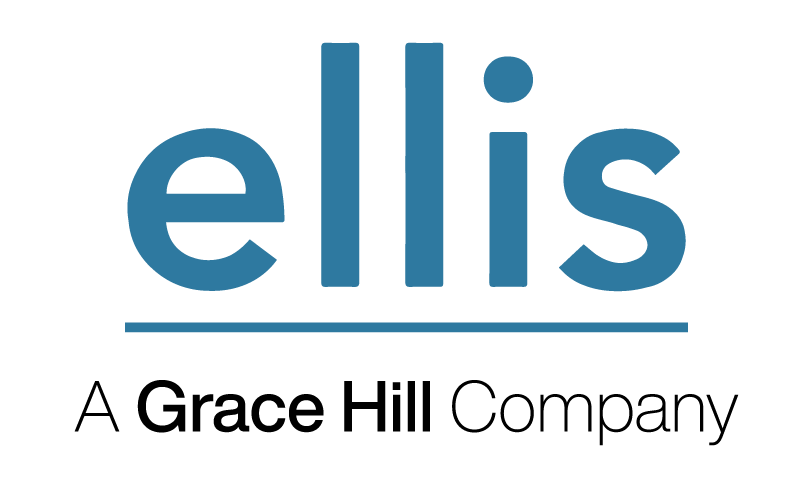Thank you for joining our 2023 Webinar Series!

- This event has passed.
A Rising Tide Lifts All Boats
May 25, 2017 @ 1:00 pm - 1:30 pm CDT
In 2015, Gallup’s Annual U.S. Worker Engagement study revealed that only 35% of our workforce is engaged. When the level of individual and team engagement increases, so does productivity and performance — and the entire boat begins to rise.
Join us as we discover
1. The difference between employee engagement and employee satisfaction.
2. How do highly engaged employees perform differently?
3. The most important factor to drive employee engagement
4. The dynamics of your team. How can you engage them?
5. The DNA of highly engaged companies
6. 10 Ideas to lift your boat

Presented by: Maria Lawson
Note: The time listed for the webinar is Central time.
Please adjust for your own time zone:
11:00 AM Pacific time
12:00 PM Mountain time
2:00 PM Eastern time

